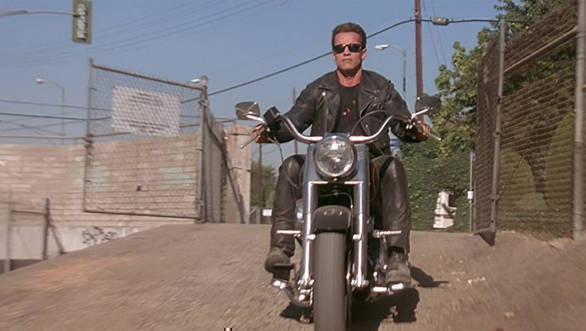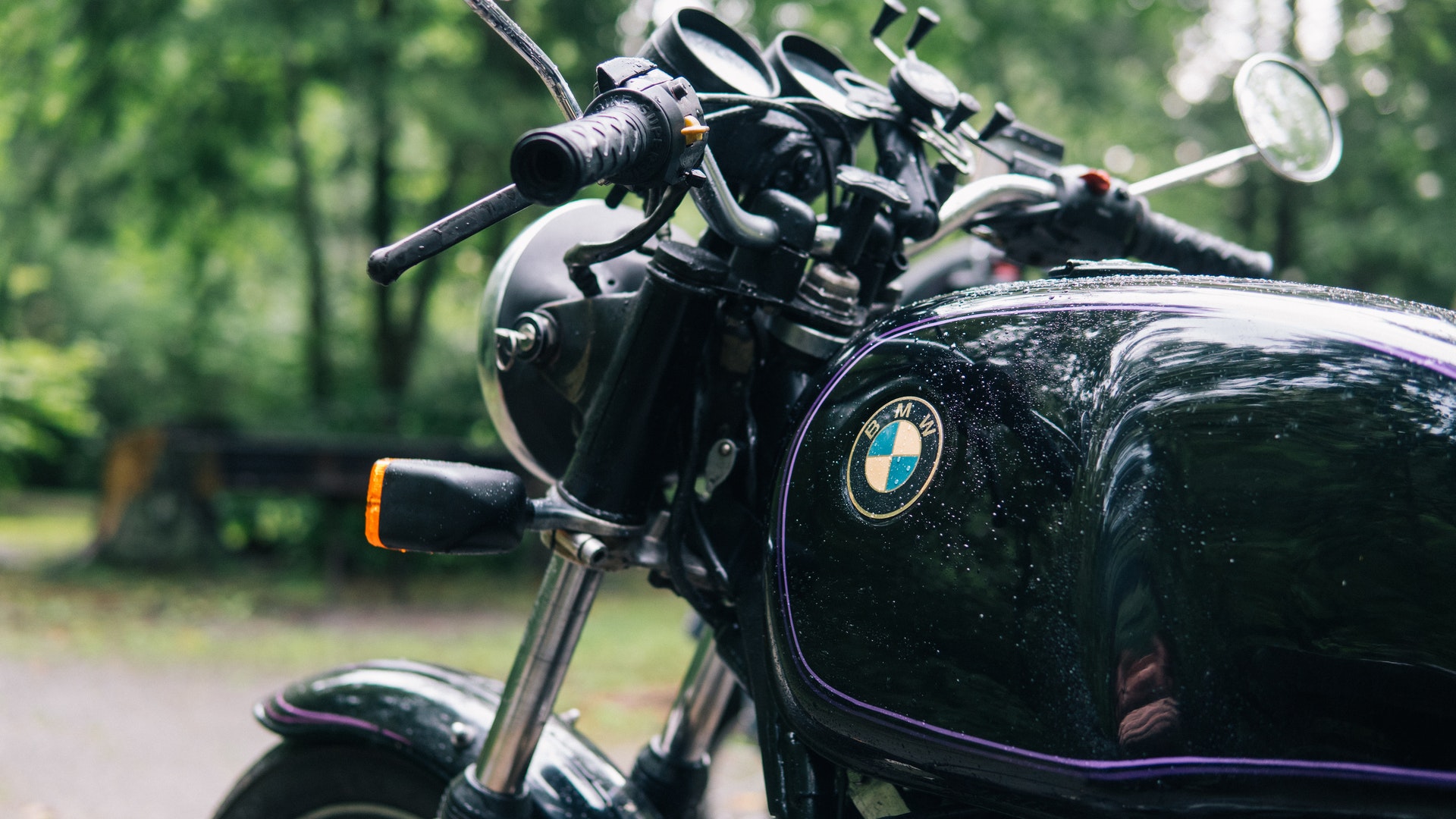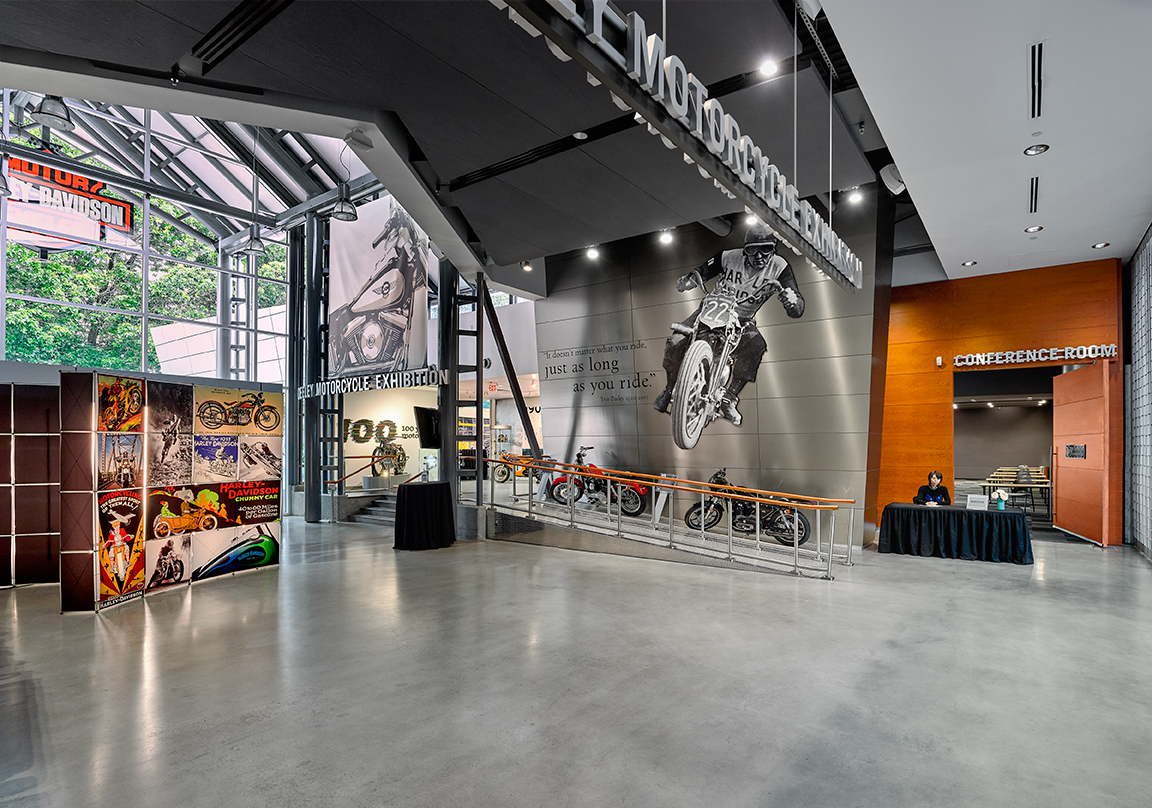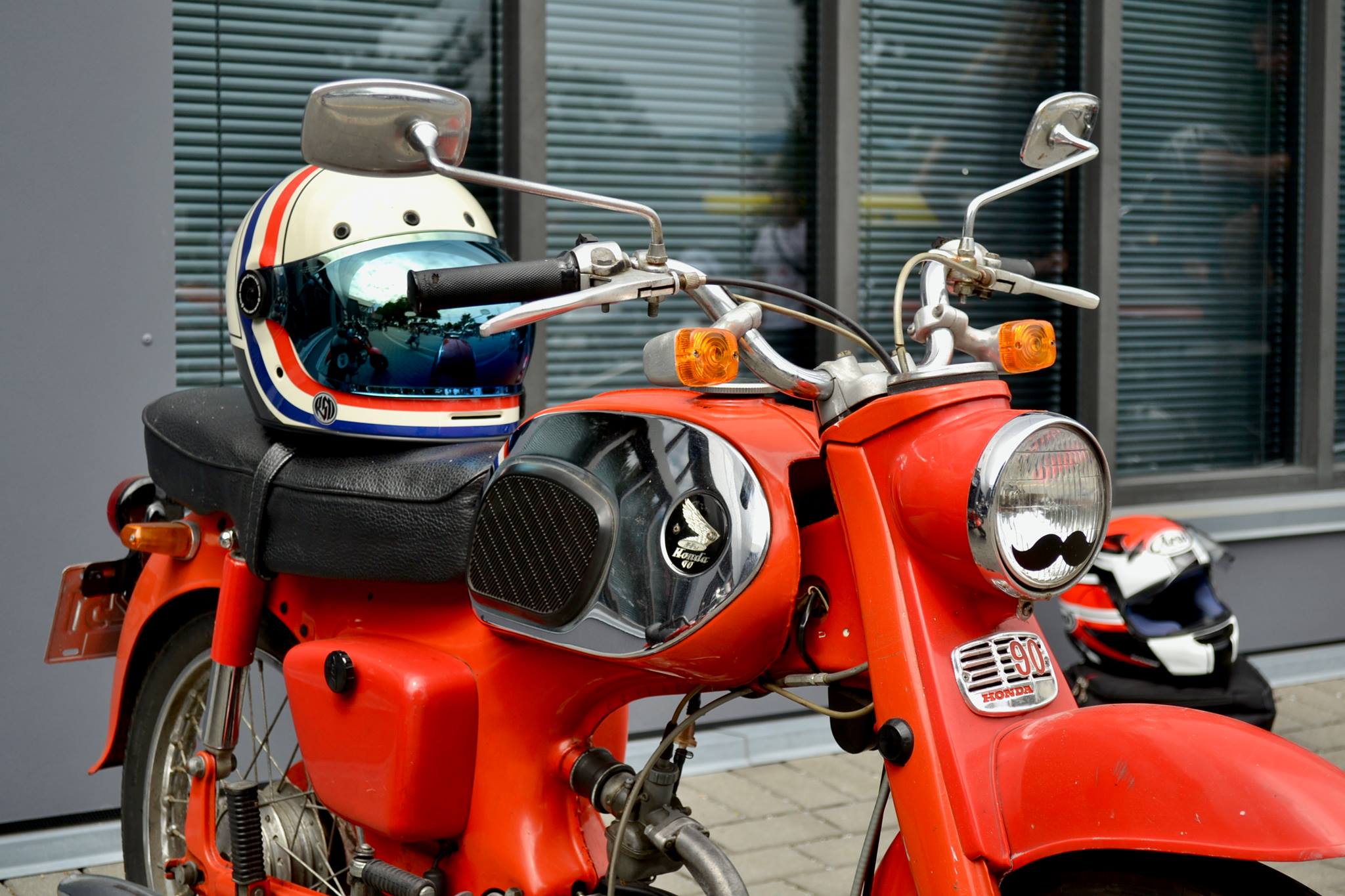A Design Journey
Vintage motorcycles are more than just machines—they are works of art. These timeless creations blend form and function, showcasing craftsmanship, style, and innovation. From their sleek curves to their gleaming chrome finishes, vintage motorcycles reflect a unique fusion of engineering and artistic expression.
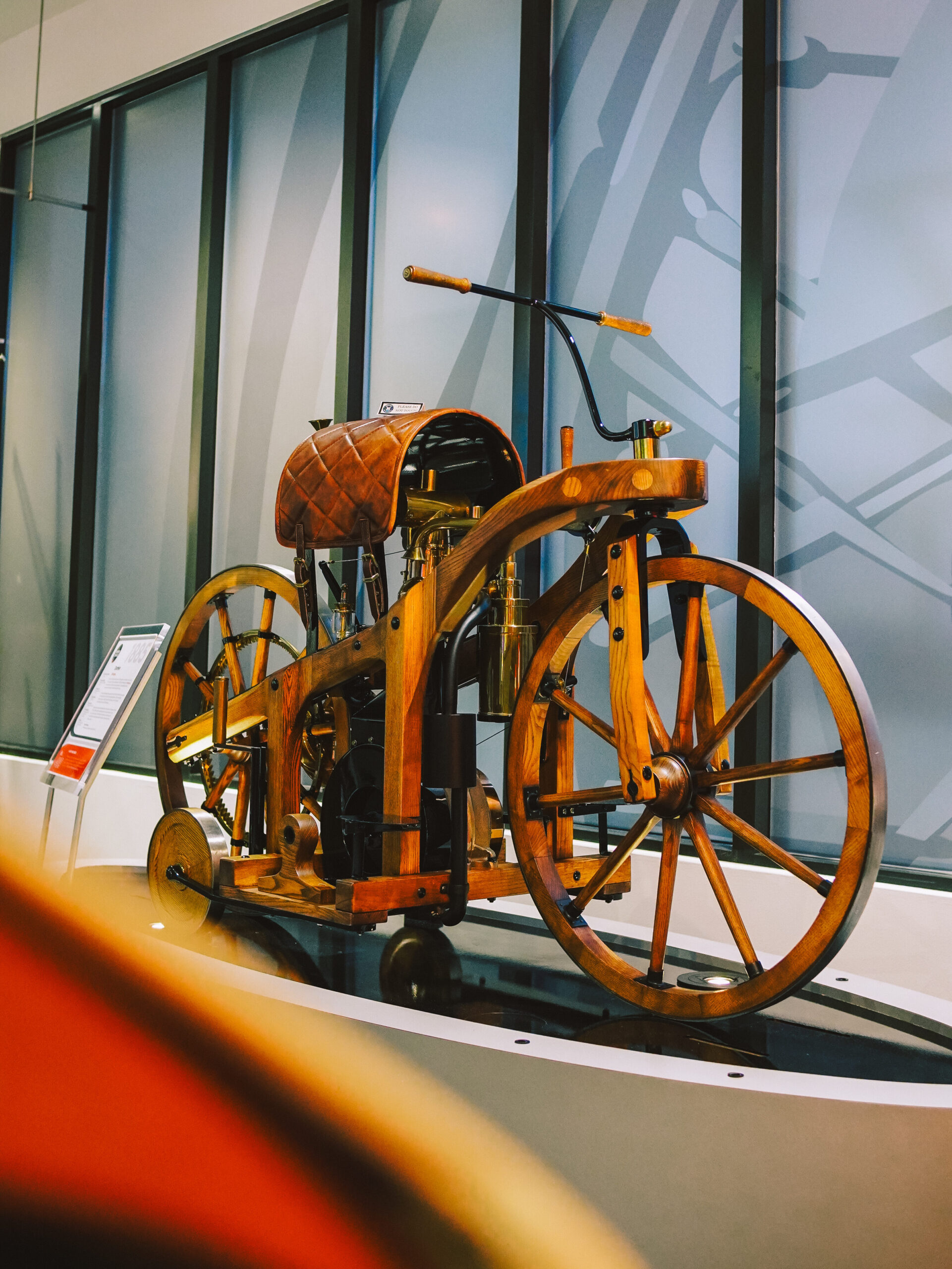
For over a century, motorcycles have told stories of technological progress and cultural influence. Their evolution mirrors the trajectory of fine art, moving toward greater individuality and refinement. Let’s explore how these masterpieces came to embody both beauty and utility.
The Early Years: When Function Met Art
The journey of vintage motorcycles began with pure functionality. Engineers built early motorized bicycles, such as the 1894 Hildebrand & Wolfmüller, for practicality. Despite their simplicity, these designs carried a raw beauty. Exposed engines, clean lines, and basic frames combined form and function effortlessly.
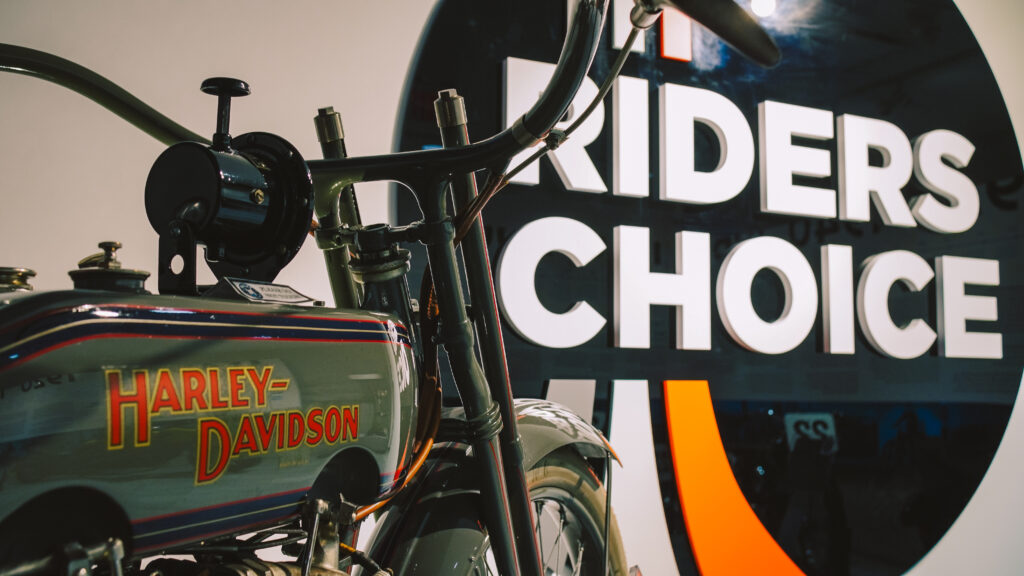
By the 1900s, brands like Harley-Davidson and Indian added their own artistic touches. Indian’s hand-painted logos and Harley-Davidson’s polished chrome were more than decorative—they were declarations of freedom and individuality. These early motorcycles, like the Indian Scout and Harley-Davidson V-Twin, laid the foundation for motorcycles as a form of artistic expression.
The 1920s–1930s: Streamlined Elegance
The 1920s and 1930s marked a shift toward streamlined designs influenced by the Art Deco movement. Motorcycles like the Indian Chief embraced sweeping curves and glossy finishes, echoing the era’s geometric and elegant aesthetic.
During this time, motorcycles were no longer just practical machines. They became visually captivating symbols of rebellion and freedom, much like the modernist art movements of the time. The Harley-Davidson V-Twin, for example, represented a bold, masculine design that contrasted sharply with its European counterparts.
The 1940s–1950s: British Minimalism
In the mid-20th century, British brands like Triumph, BSA, and Norton brought minimalist beauty to motorcycle design. Their sleek frames and streamlined fuel tanks embodied an understated sophistication reminiscent of the Bauhaus movement.
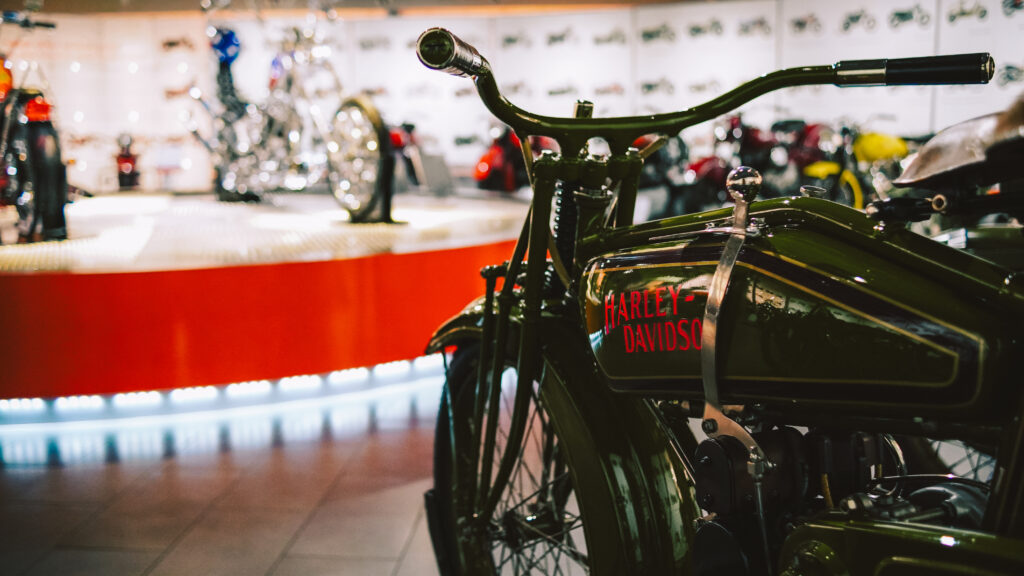
The Triumph Bonneville, with its perfect balance of precision and simplicity, became an icon of this era. British motorcycles reflected a commitment to intentional restraint—where every curve and line had a purpose. This era showcased the artistry of “less is more,” elevating motorcycles into cultural symbols.
The 1960s–1970s: Japanese Innovation Meets Art
The 1960s and 1970s revolutionized the motorcycle industry, thanks to Japanese manufacturers like Honda, Yamaha, Suzuki, and Kawasaki. These companies combined cutting-edge technology with artistic design, creating bikes that were as beautiful as they were functional.
Motorcycles like the Honda CB750 and Kawasaki Z1 became icons of this era. Their angular gas tanks, polished chrome, and compact frames exemplified mid-century modern design. These bikes were more than just modes of transportation—they were symbols of progress and style, redefining what motorcycles could be.
Motorcycles as Fine Art: The Enduring Legacy
Vintage motorcycles represent a unique blend of engineering and art. Their smooth lines, intricate details, and thoughtful designs make them timeless works of art. Each bike, whether a 1920s Indian Scout or a 1970s Kawasaki Z1, tells a story of visionaries who combined creativity and innovation.
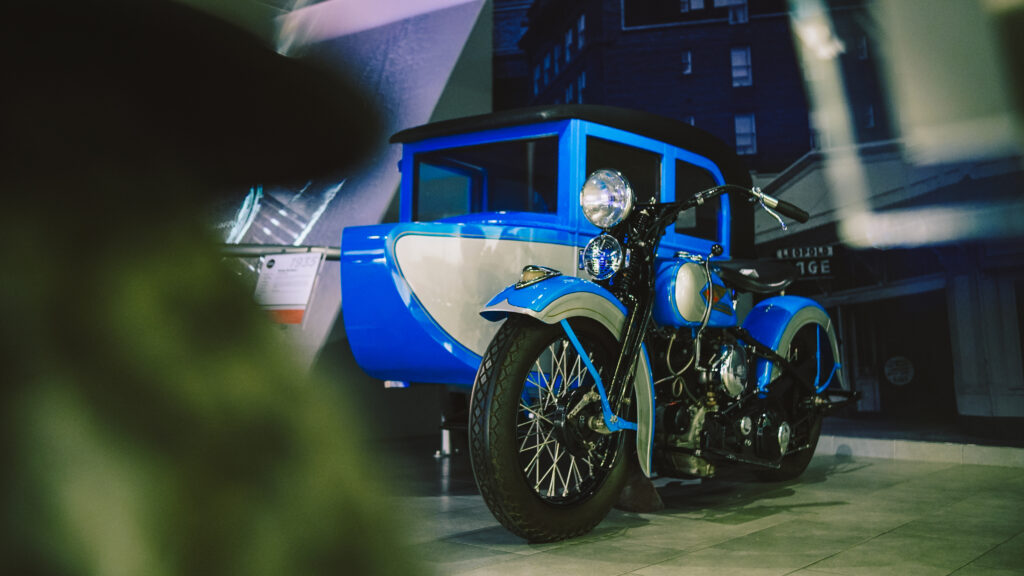
Motorcycles don’t just follow trends—they set them. For enthusiasts, these bikes are more than machines; they are rolling masterpieces. Next time you see a vintage motorcycle, take a moment to appreciate the artistry that bridges the worlds of engineering and design.
